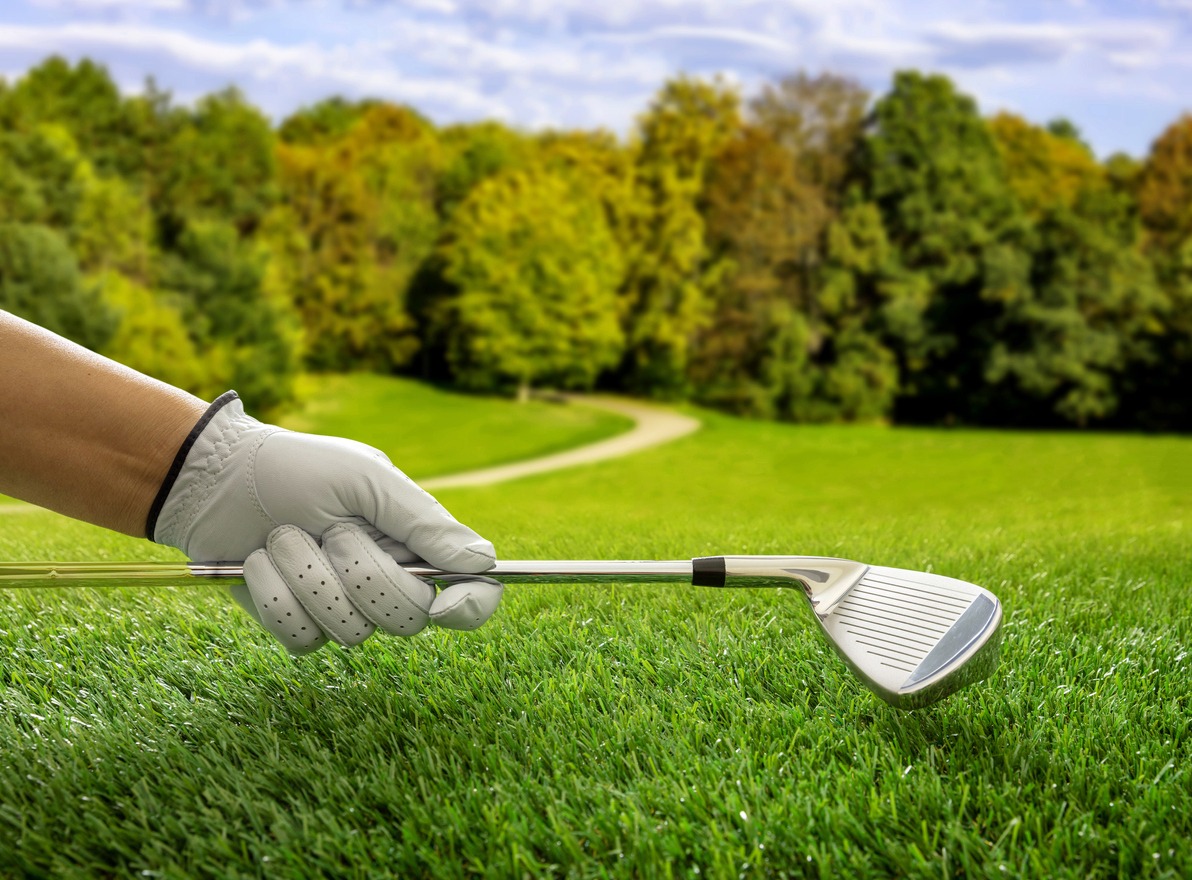Choosing the appropriate golf clubs is without a doubt one of the main concerns for all golfers, regardless of their skill level (beginning, moderate, or expert). We are all aware that the only way we can accomplish all the objectives we set for ourselves each time we head out to the course is with clubs that adjust to our physical traits and playing style. Among other things, you can extend your range, improve your swing, and hit the ball better.
Golf clubs are a serious investment. You won’t get the most out of your clubs if you choose to play with them; even worse, you risk changing your swing and picking up negative habits. You can play the game more thoroughly and shoot lower scores by constructing the proper 14-club set. Therefore, it pays to conduct your homework before spending your hard-earned money to obtain the best golf equipment available. The market may be overflowing with choices, but the following guidelines should make the purchasing process a little bit simpler.
How Can I Pick Golf Clubs That Are Perfect for Me?
The first thing to remember is that, while clubs assist us to develop our game, they are not “miracle workers.” Practice is necessary to achieve better outcomes. Because most golf clubs are made with a specific skill level in mind, you need to be honest about where you are in the game. In general, there are tour/professional golfers, low handicappers, mid handicappers, and high handicappers, which include those who are just starting and those who want to develop their games. Having said that, there is no denying that having the proper clubs for your game and your qualities is key assistance, especially for novices.
- Golf Club Height: The first item to consider is unquestionably the height of the golf club. It would be a great error to get a regular set of clubs if you are 1.90 m tall; but, if you are 1.60 m tall, you cannot select a club that is too long. It is only plain sense at this point. Remember that comfort comes first. Even the fastest golfer won’t be able to compete against a size 48 if he wears a size 40.
- Swing Speed: Finding out the speed of your swing is crucial because you can then calculate the optimal shaft hardness level based on this information. This will enable you to keep track of the distance your golf clubs go. But don’t be discouraged; speed is surely a skill that can be developed over time, and only with practice will you be able to tell if your strokes are consistent.
- Smash Factor: The Smash Factor results from the fusion of the speed of the shaft and the speed of the ball. This happens while using the proper club and size, along with a lot of experience. It is only there when the shot is made dead center. Obtaining a Smash Factor is merely a matter of time if you made wise choices while considering the aforementioned variables.
- Ball Speed: The speed of the ball, which refers to the sort of shaft you can hit at a specific speed, is another aspect that is related to the preceding point. However, striking it in the middle of the face as opposed to the heel of the face is not the same. If this occurs, a significant amount of speed will be lost, thus it’s critical that you pick the correct club face. Today, several companies offer top-notch, cutting-edge solutions that can help you land this blow and close the gap.
- Custom Golf Clubs: A customized fitting for golf clubs is essential because we are all different shapes, and sizes, and have unique swing characteristics. If you’re going to invest a lot of money in clubs, it only makes sense to go the extra mile and get them tuned up for your style of play. At a bespoke fitting, you’ll learn your launch angle, club and ball speed, angle of attack, and a whole lot more. You’ll also receive advice on the best shafts, and the motor of the club.
Common Errors to Avoid When Choosing Golf Clubs
Regardless matter whether you are purchasing your first or second set of golf clubs, you should take the time to do your research. It is worthless to lie to yourself about your current level of play; instead, you should be as honest and objective as you can about it while making a buy. You should also be very clear about the objectives you have for yourself as a golfer, including whether you just want to have fun or whether you want to compete in competitions.
Then, you must do a thorough study of the clubs available on the market at that time to ascertain their technologies, shaft types, and roles in each stroke. You can match one thing with another to evaluate which clubs are best for you if you are clear about your goals and what each of the technologies promoted by the brands gives you.
- Compulsive Buying: One of the biggest factors that will hinder your ability to improve as a player is compulsive buying. Try to make the decision as critically and rationally as you can.
- Purchasing a Particular Brand of Clubs Because Everyone Else Does So: Getting carried away by what we observe others doing is a common mistake. Each player has unique traits, so it’s vital to remember that there is a lot of diversity and that what works well for your partner may not necessarily be fantastic for you.
- Choosing the Least Expensive or Most Expensive Option: Another error is the belief that the most expensive option is always the best; however, this is not always the case for you. True, it should be tailored to each person’s budget, but cost shouldn’t be the main criterion.
- Without First Examining the Product: Another error is purchasing a material without first trying it out; you should feel the movement and decide if you are comfortable using it.
Golf Club Essentials
- Take Time: Even the most seasoned golf expert can become perplexed by the sheer number of golf clubs available. Purchasing a new golf club can be a substantial investment depending on your skills and finances, so it’s crucial to do your research and avoid making snap judgments.
- Ignore the Brand Name: If you frequently watch golf competitions, it’s simple to believe that purchasing the same brand and model as your favorite players would improve your score on your golf vacation. Use this information to your advantage when selecting your clubs, but don’t be afraid to experiment with other brands as well. Golf club manufacturers have developed the newest models with different players in mind as golf club technology has improved. Focus on the clubs that meet your demands rather than the name, considering factors like body type, gender, physical condition, and ability needs. Your score is ultimately what matters.
- Grip Thickness: The grip’s thickness can have a significant impact on your swing. Golfers who have too thin of a grip may begin their swing with considerable hand movements. However, an overly tight grip will hinder your hands and have an equally damaging effect.
- Shaft: Although obvious, choosing the proper shaft length is a crucial factor to consider when purchasing golf clubs. Check your height, body shape, and physical strength as important factors. Taller players typically require a longer shaft to play at their best. You should also think about the shaft flex and how well it fits your swing. A shaft that is too stiff will result in a lower ball flight and a loss of distance, while a shaft that is too soft will induce ballooning and another loss of distance.
- Clubhead: A major advantage if you want to get the most out of your golf clubs is having varied-sized clubheads. For their golf clubs, the majority of brands offer standard, midsize, and larger heads; your choice of clubhead size will mostly rely on your degree of experience. Generally speaking, your swing has more leniency the bigger the club head. With a big head, you can make a bad hit and still have a decent outcome, but these are frequently heavy and difficult to manage.
Golf clubs are needed to play the game. The main tool you use to hit the golf ball has a shaft with a grip and a club head on the other end that strikes the ball. It offers a good grip and precise swing speed. Your ability to control your swing and how you use the club will determine how well you play the game overall.
If you’re just starting, you can consider getting the equipment from your golf-playing friend. It won’t, however, be as enthusiastic as acquiring your golf equipment and taking up the game seriously. Different golf club types are made in various ways. Make sure the golf club you select is both convenient and pleasant to use. Additionally, always remember that utilizing the incorrect golf club will complicate your game while doing so will help you advance and level up.
Practice is the key to playing golf and getting great at it. Practice makes perfect, so the more you do it, the better you’ll get at using a club, and the more you’ll understand its ins and outs. Depending on your level of experience, you can choose from a wide variety of outstanding golf clubs. The game’s specialists are knowledgeable about what to buy and where to find it. They have a lot of golfing experience, so they are aware of the best clubs to use.


